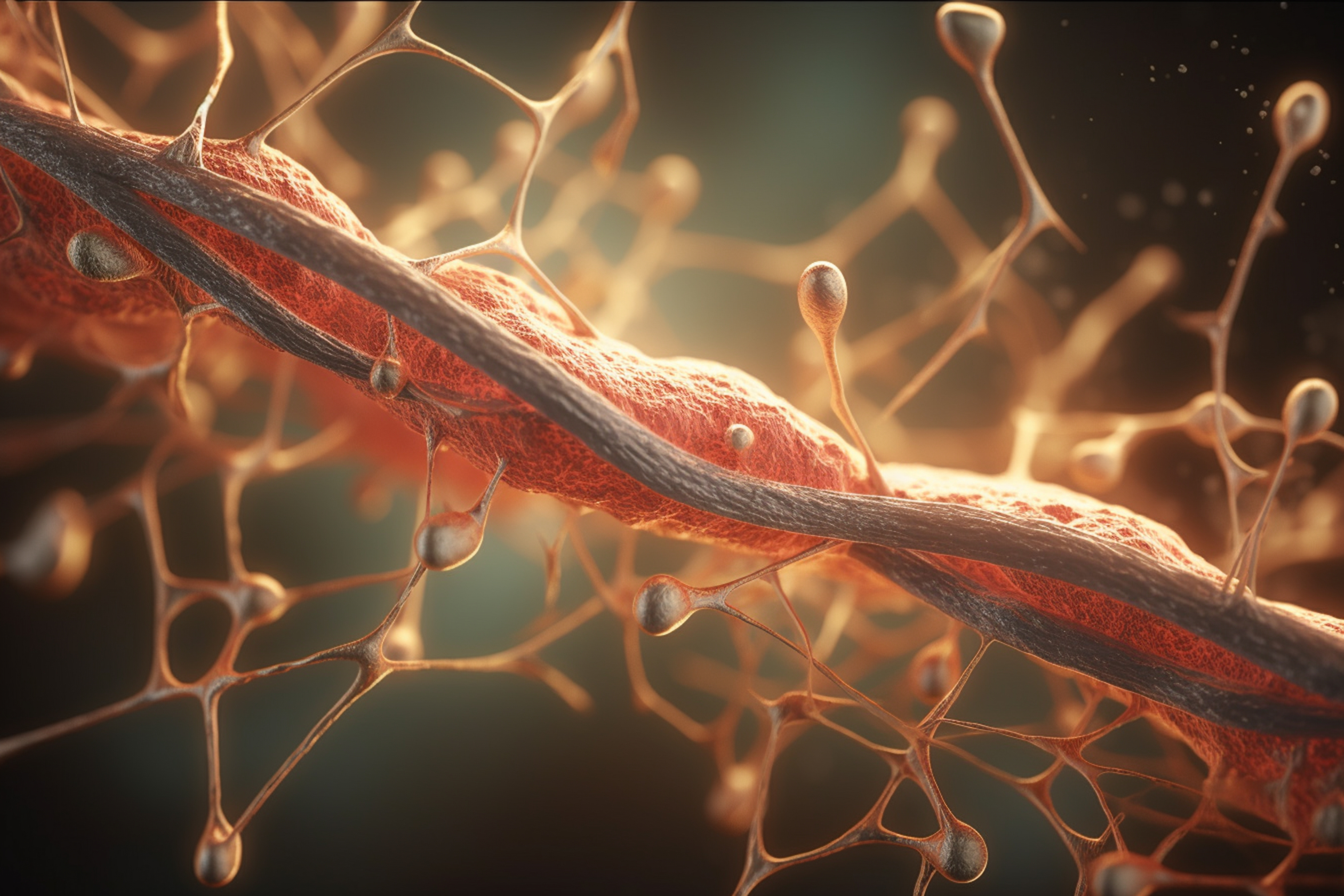Provides easily accessible and relatively abundant sources of human β- or γ-actin.
Actin is a highly conserved protein that polymerizes to produce filaments that form cross-linked networks in the cytoplasm of cells. In vertebrates, three main groups of actin isoforms (alpha, beta and gamma) have been identified. Alpha actins are found in muscle tissues. Beta and gamma actins coexist in most cell types as components of the cytoskeleton and as mediators of internal cell motility. Biochemical studies of human actin and its binding partners rely heavily on abundant and easily purified α-actin from skeletal muscle. Therefore, muscle actin has been used to evaluate and determine the activities of most actin regulatory proteins. In addition, there is underlying concern these proteins perform differently with actin present in non-muscle cells.
This technology provides easily accessible and relatively abundant sources of human β- or γ-actin (in other words, cytoplasmic actins). The technology consists of Saccharomyces cerevisiae strains that express β- and γ- actins as their sole source of actin. Both β- or γ-actin purified in this system polymerize and interact with various binding partners, including profilin, cofilin, mDia1 (formin), fascin, and thymosin-β4 (Tβ4). Notably, Tβ4 binds to β- or γ-actin with higher affinity than to muscle α-actin, emphasizing the value of testing actin ligands with specific actin isoforms. These reagents will make specific isoforms of actin more accessible for future studies of actin regulation.

• High yield.
• No special growth requirements.
• Requires only conventional purification reagents and protocols.
• No additional post-purification processing.
• No concern over removal of contaminating “host” actin.
The primary application for this technology is to evaluate and determine the activities of actin regulatory proteins.
U.S. Provisional Patent Application No. 63/399,088 filed 8/18/22
TRL 3 - Experimental proof of concept
This technology is available for licensing
This technology would be of interest to anyone involved in biochemical studies of human actin and its binding partners, including:
• Pharmaceutical companies.
• Medical research laboratories.
• Universities and other educational facilities.